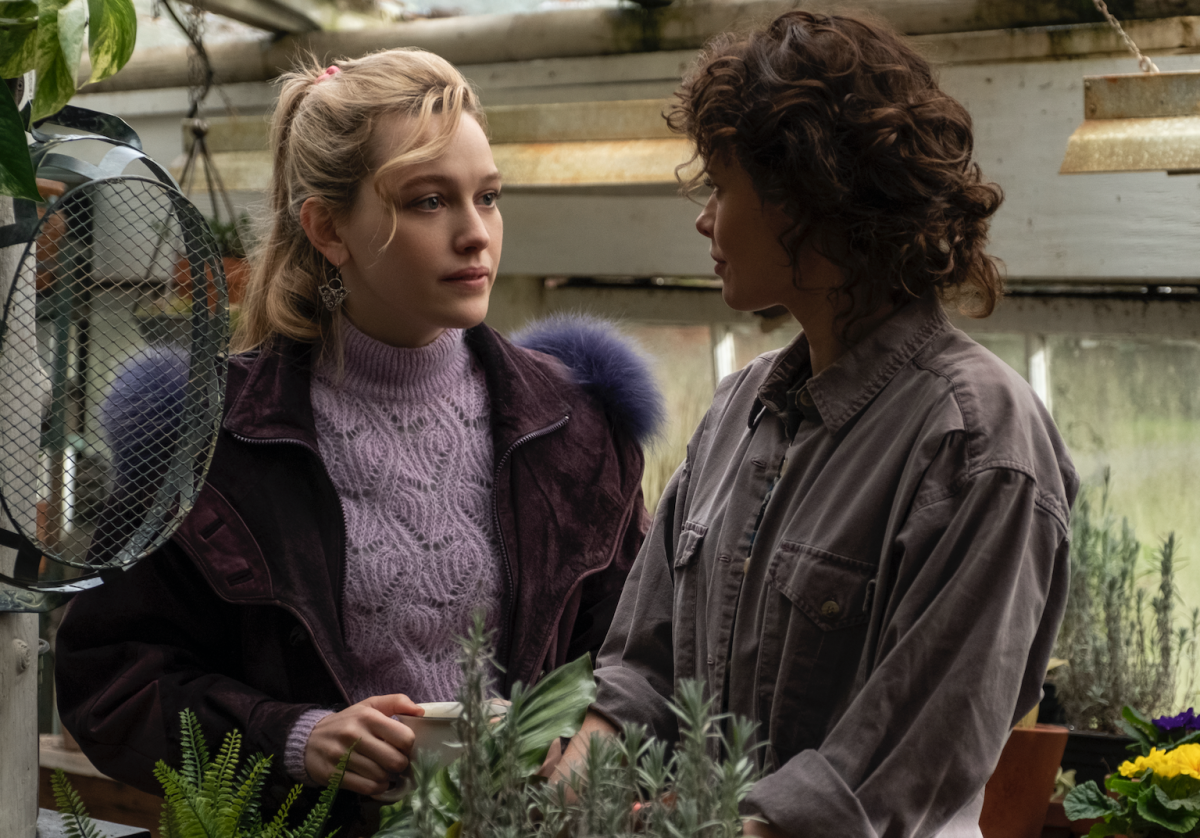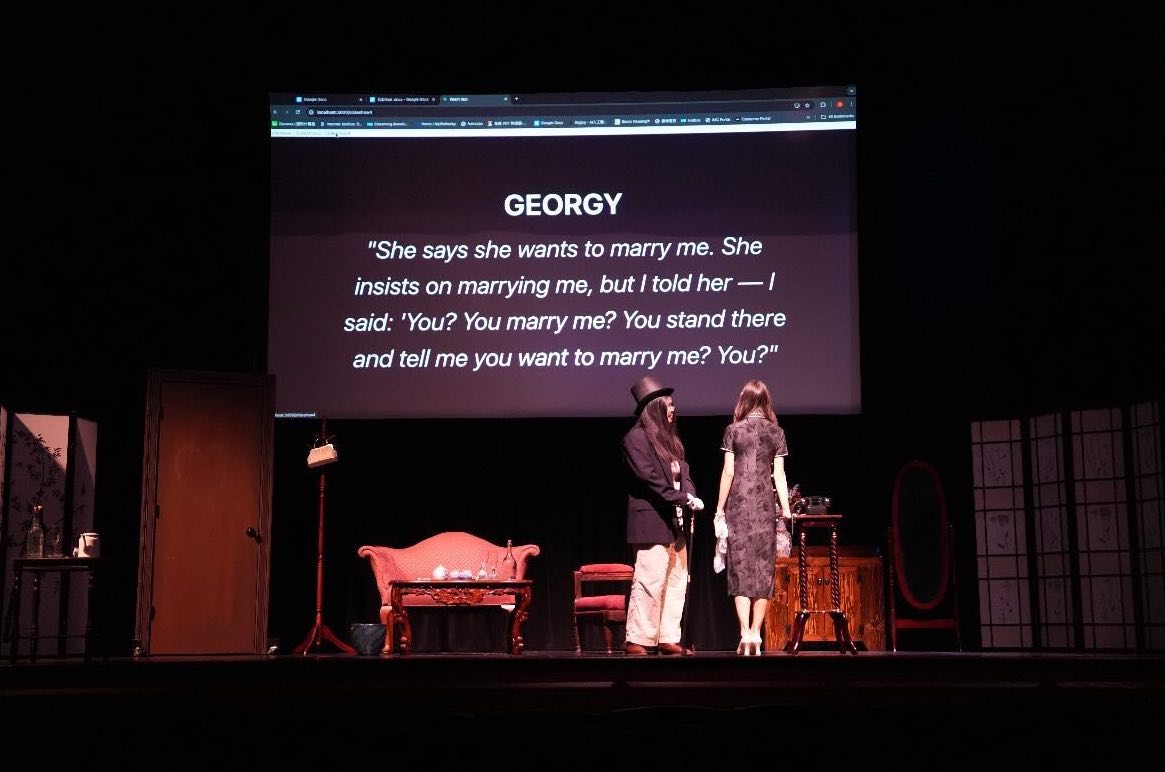Warning: contains spoilers
Mike Flanagan’s (no relation) “The Haunting of Bly Manor” has received much of the same response as his other works: it is not scary enough. Fans of the first series of the anthology, “The Haunting of Hill House,” expected an equally terrifying, apparition-filled scare-fest. However, “Bly Manor” used more subtle horror centering on characters more than scares disappointing many die-hard horror fans. In spite of its title “The Haunting of Bly Manor,” the new series actually follows much more the road to self-discovery, while the protagonist fights her own past and falls in love on the way. Although not being as “scary” as “Hill House,” “Bly Manor” still creates an engaging tale that includes the frequent appearance of ghosts in a much more melodramatic way, while incorporating a unique and authentic approach to character development.
In order to fully appreciate “The Haunting of Bly Manor,” one needs to forget “The Haunting of Hill House” entirely. I have found that the biggest hindrance in appreciating “Bly Manor” is the constant comparison to “Hill House” with regard to its lack of perfectly-timed jump scares. It did not help that the marketing, trailers and posters of “Bly Manor” made the new series seem like it would be just as terrifying as the first. For those unfamiliar with the first series, “The Haunting of Hill House,” Flanagan perfected the once oversaturated jump scare and centered on a family. He revived a genre of horror that is truly scary and not for the faint of heart, while balancing plot twists and story development perfectly. “Bly Manor” is just as good as “Hill House,” but it needs to be viewed through the lens of a gothic romance rather than a straight horror.
If you are an avid reader, you might recognize the Bly Manor name, as the series is based loosely on Henry James’ 1898 “The Turn of the Screw.” Narrated by Carla Gugino, who is by the end of “Bly Manor” revealed as one of the principal characters, the series is told as a “ghost story” at a wedding rehearsal. The story takes place in the English countryside in 1987 and follows the journey of Dani Clayton (Victoria Pedretti) in her new position as the American au pair of Bly Manor. Responsible for taking care of Flora and Miles Wingrave, two recently orphaned children, Dani works alongside the rest of the estate’s staff, including the housekeeper Hannah Grose (T’Nia Miller), the personal chef Owen Sharma (Rahul Kohli) and the gardener Jamie (Amelia Eve). Dani, who is being haunted by her recently deceased fiance, must eventually take up the burden of the house’s main demon in order to free the ghosts who are “trapped” on the estate. Although the series employs some of the major “horror” motifs, such as the presence of ghosts, a haunted house and creepy CGI moments, the narrative follows a drama that is best defined by the love that develops between Dani and Jamie.
Composed of nine episodes, “Bly Manor” begins at a slow pace, setting the stage for the main plotline by introducing the main characters and their own lifelong disputes. However, by the fifth episode, the show begins to reveal the truth behind the Manor, making the remainder of the series much more “bingeable.” We begin to understand some of the loose ends presented in fragments by jumping through time in the first few episodes as well as the truth behind the “tucked away” moments.
The strongest and most consistent component of the series is the character development, particularly of the deceased characters. “Bly Manor” is largely original in its portrayal of ghost-lore and the rules of living in the afterlife. As apparitions of Bly, ghosts’ faces literally fade away as their memories do. At the same time, ghosts have the ability to “possess” the living through speech and movement by “tucking away” the living’s own consciousness in one of their memories. They have the ability to decide when they want to be seen and by whom. There are even moments when ghosts have the ability to touch and feel objects rather than walking right through them, especially important as they lack the stereotypical translucence and appear “human.”
Flanagan also surprises with a new medium of episodic memory, as the second to last episode of the series is entirely devoted to the history behind Bly Manor, something lacking in “Hill House.” For almost 50 minutes, the story of the main monster of Bly Manor — The Lady in the Lake — is told through a black-and-white narrative. Here, Kate Siegel, a mainstay of many of Flanagan’s works, finally makes an appearance as a 17th century heir to Bly. In a mini-story within the greater narrative, we are finally able to understand the history behind what gives life to the house’s curse.
Most poignant throughout the hauntings is the blossoming love story between Dani and Jamie. Dani, who is working through the trauma of her ex-fiance’s violent death, allows her vulnerability to fall in the hands of Jamie, the headstrong gardener with a broken childhood. Enduring the horrors of the manor together and sharing the secret of the unbelievable events that unravel, they are able to engage in a partnership, only furthered by their co-parenting of the two children. By the end of the series, they even have — for a brief moment — a happy ending, owning a flower shop together and getting engaged in their own secrecy, given the inability to legally do so during the time.
Although the appearances of ghosts are not the same jump-scares that “Hill House” so famously established, “Bly Manor” still keeps the creepy aura in a gothic tale. As an overall engaging series, in part, due to the acting (especially that of the child actors), “The Haunting of Bly Manor” proves that a ghost story can also be a love story. With this series, Flanagan reminds us a horror story can become something special if we care about the characters within it. The characters of “Bly Manor” are authentic and compassionate and only make the story that much better.







